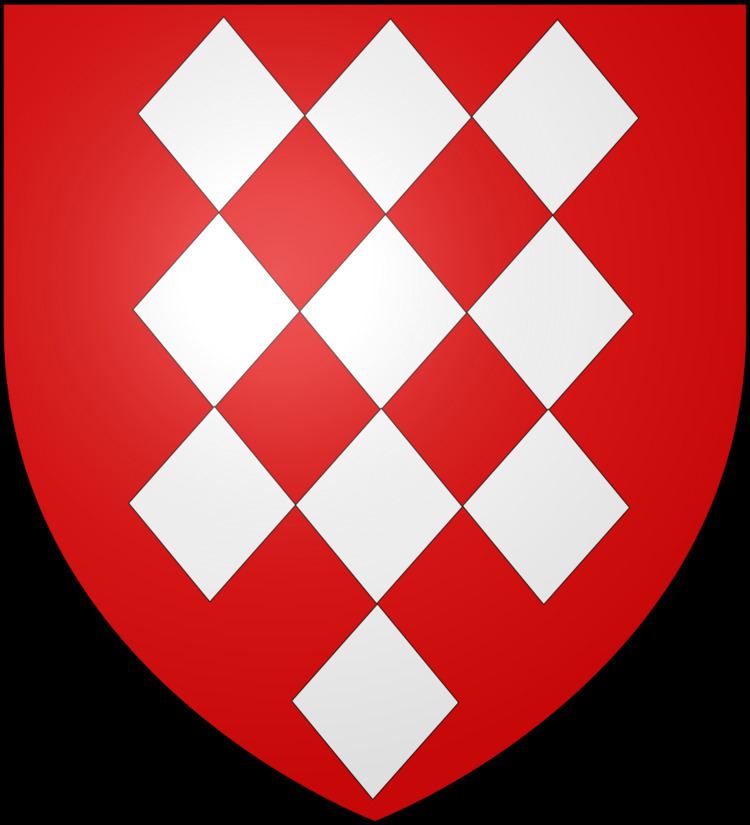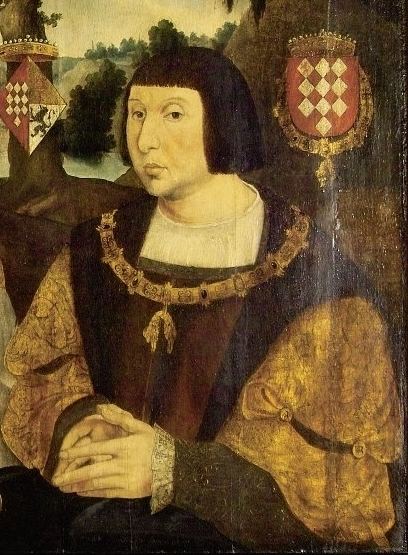Noble family House of Lalaing Died 1540, Ghent, Belgium Father Joost de Lalaing Spouse Elisabeth of Culemborg | Mother Bonne de La Viefville Parents Joost de Lalaing Name Antoine de Grandparents Simon de Lalaing | |
 | ||
People also search for Joost de Lalaing, Charles I de Lalaing, Simon de Lalaing | ||
Antoine I de Lalaing (1480–1540), 1st count of Hoogstraten and of Culemborg, was a Hainautese nobleman who held various offices in the court of the Dukes of Burgundy.

Life
De Lalaing was a son of Joost de Lalaing and Bonne van Viefville. He married Elisabeth van Culemborg, first lady-in-waiting to Margaret of Austria, still exists in the choir of the church if St.Catherine at Hoogstraten. It was from her that De Lalaing inherited the titles of Hoogstraten and Culemborg. The marriage remained childless.
In 1501 he was chamberlain at the court of Philip the Handsome. Later, in 1510, he was Counsellor and Chamberlain to the young Charles of Luxemburg, later emperor Charles V.
Also in 1510 he also became a member of the Great Council of Mechelen. In 1516 he was elected a knight of the Order of the Golden Fleece, then in 1522 appointed stadhouder of Holland, Zeeland and West-Friesland. In 1528 he also became stadhouder of the Sticht Utrecht.
Antoine was also a general, playing an important part in the Burgundian dukes' struggle against Charles, Duke of Guelders and his attempts to conquer the Sticht. He was also a convinced Catholic and fought hard against the Protestantism then on the rise, commissioning the Sint-Catharinakerk in Hoogstraten.
The health problems of Archduchess Margaret of Austria meant that in 1530 Antoine became acting governor of the Netherlands, with Charles V appointing his sister Mary of Austria as his successor in this last year of Antoine's life.
Wthat we know from these descriptions. As a result of historical circumstances, the funeral as represented on the drawings never took place.
The author adduces proofs to argue that the cenotaph can belie attributable to J(e )an Mone, born at Metz around 1480, who worked for the Brussels court and also produced the tomb of Antoine de Lalaing's elder brother Charles I, which was destroyed at Douai in 1910. Mono is mentioned in the Hoogstraten archives as "Jan lartist" or even "Jan Moeet".